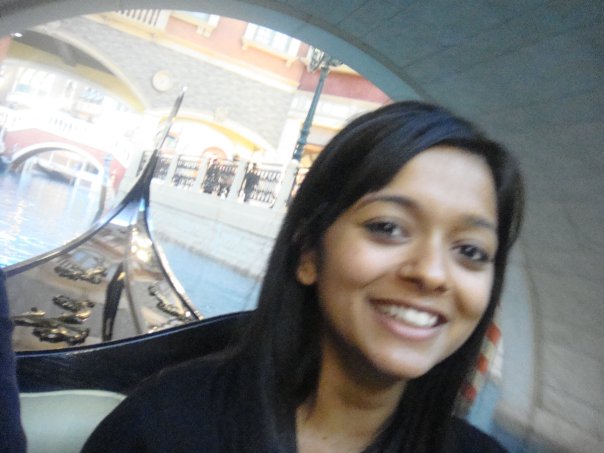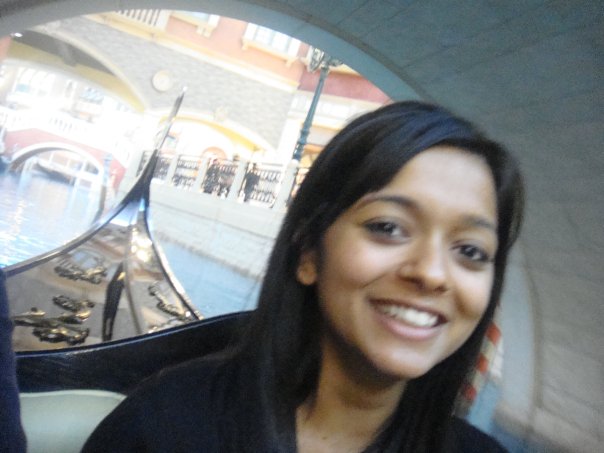 It’s only the first week into my research year and the mountain of literature surrounding motor imagery is daunting. After having analyzed an article[1] outlining left-right hand judgments I feel I am in the position to impart my “dummy’s guide to motor imagery”.
It’s only the first week into my research year and the mountain of literature surrounding motor imagery is daunting. After having analyzed an article[1] outlining left-right hand judgments I feel I am in the position to impart my “dummy’s guide to motor imagery”.
Motor imagery is the mental process by which an individual simulates a given action. Parsons focuses upon concepts of object recognition, motor mental imagination and mental rotation.
Ten years ago, Parson utilized cognitive psychology, behavioural neurology and functional neuro-imaging research in order to understand motor imagery, in particular the concept of handedness. It took me some time to understand the terms surrounding this field of study – handedness, sidedness, left-right judgments.
In short, handedness refers to the preferential use of a hand for fine motor tasks and sidedness refers to favouring of a particular side, whether it is related to science or philosophy. “Left-right judgments”, for me, is by far the clearest term when referring to spatial transformations.
Parsons in his review stipulated several theories which have provided a base for a wealth of research. For the remainder of this post I will explore the theories that I found most interesting.
Left-right judgments require individuals to determine whether a randomly oriented body-part belongs to the left or right side of the body. These judgments are reliant on imagined or real action. It has been found that the time required to make left-right hand judgments is proportional to the time required for actual limb movement (into the position of the stimulus) and vice versa, the time required to make the movement, is proportional to the left-right judgment. Additionally, the time required to imagine the movement is proportional to the left-right judgment. This gives rise to the theory that left-right judgments are implicit movements, that is individuals will imagine moving their limb into the position of the stimulus without actually moving their limb, this is thought to activate the same brain areas as actually physically moving the limb.
What is interesting to me is that left-right judgments are made primarily in the somatotopic space (the space in the brain which maps sensorimotor functions; pre and post central gyri) rather than a visual space (the space in the brain which maps vision; calcarine sulcus). By contrast, determining the sidedness of a non-body part object requires a mental rotation which principally occurs in the brain’s visual space. Nevertheless the visual space is still neurologically active in left-right judgments; obviously we would not be able to make such judgments with our eyes closed!
Interestingly, callosotomy patients were capable of left-right hand judgments if an image of a randomly oriented hand was presented to the contralateral hemifield.
Another interesting (somewhat) unrelated concept is the use of exact match confirmation vs. mismatch disconfirmation. Exact match confirmation refers to individuals identifying familiar objects as the correct object, as opposed to mismatch disconfirmation which disconfirms an object from being the correct object. Humans are thought to use exact match confirmation to identify body parts. I just wonder how familiar an object needs to be before we use exact match confirmation. Interestingly enough individuals with a callosotomy were able to use exact match confirmation but were not able to utilize mismatch disconfirmation, accordingly revealing that mismatch disconfirmation is a dual hemisphere process.
The second half of Parsons’ paper focused on the role of the cerebellum. For the three years I have been studying medicine I have been told the cerebellum is used for motor control and balance. It was surprising, for me, when Parsons implicated the cerebellum in non-motor functions during left-right judgments through various motor dissociations. Parson tested the hypothesis that the cerebellum is involved with sensory stimuli rather than motor during these judgments. Overall, it was concluded that the cerebellum is supportive and optimizes sensory control for fine demanding tasks.
Parson provided a base of knowledge for everyone else to build upon! Motor imagery is thought to be of value in the rehabilitation of stroke patients, as imagined movement produces similar brain activity to actual movement. Motor imagery, imagined movements and mirror therapy have been associated with a reduction in pain of patients with complex regional pain syndrome type 1. There are so many avenues still yet to be explored.
About Shikta
 Shikta Dey is a 3rd year medical student at the University of New South Wales. She confessed to actually enjoying maths and chemistry, but seems to be a very well adjusted and relatively normal person nonetheless.
Shikta Dey is a 3rd year medical student at the University of New South Wales. She confessed to actually enjoying maths and chemistry, but seems to be a very well adjusted and relatively normal person nonetheless.
She will be with the group for almost a year doing experiments on motor imagery.

1. Parsons LM (2001). Integrating cognitive psychology, neurology and neuroimaging. Acta psychologica, 107 (1-3), 155-81 PMID: 11388134
All blog posts should be attributed to their author, not to BodyInMind. That is, BodyInMind wants authors to say what they really think, not what they think BodyInMind thinks they should think. Think about that!



